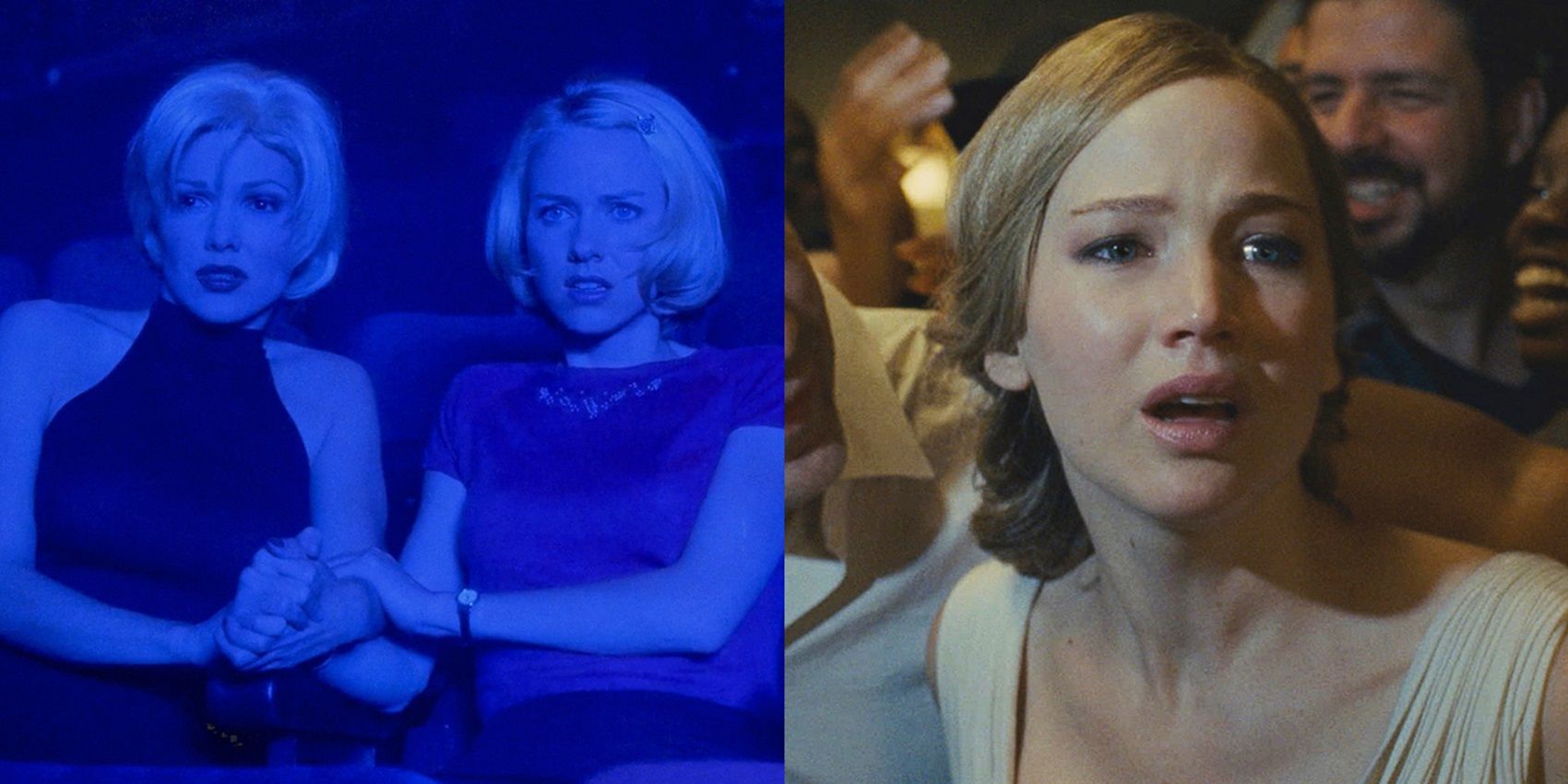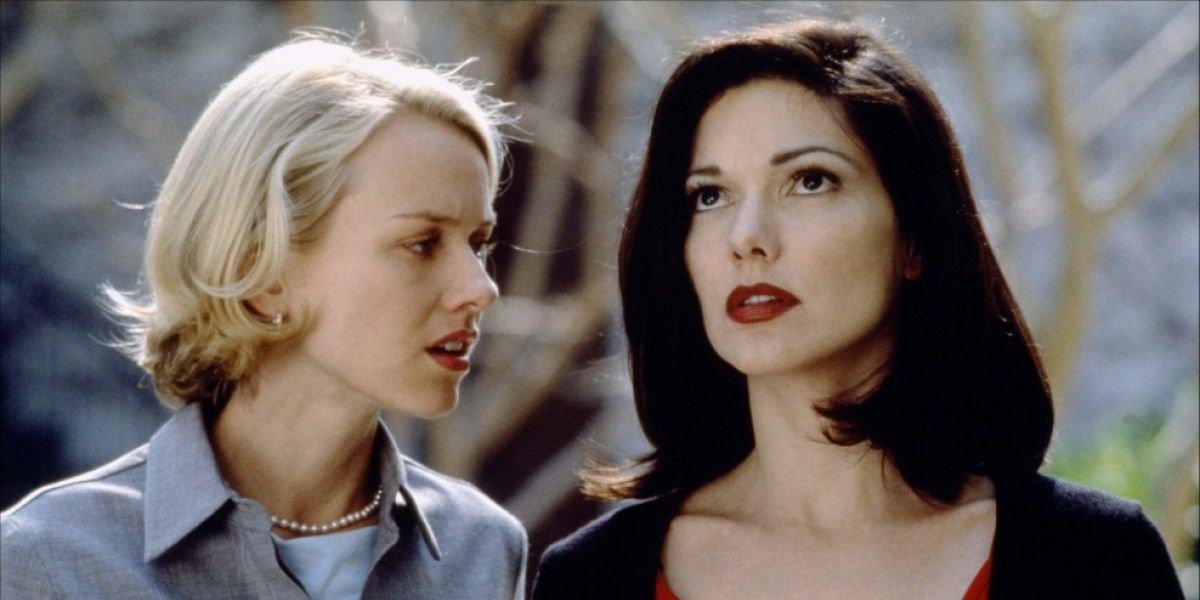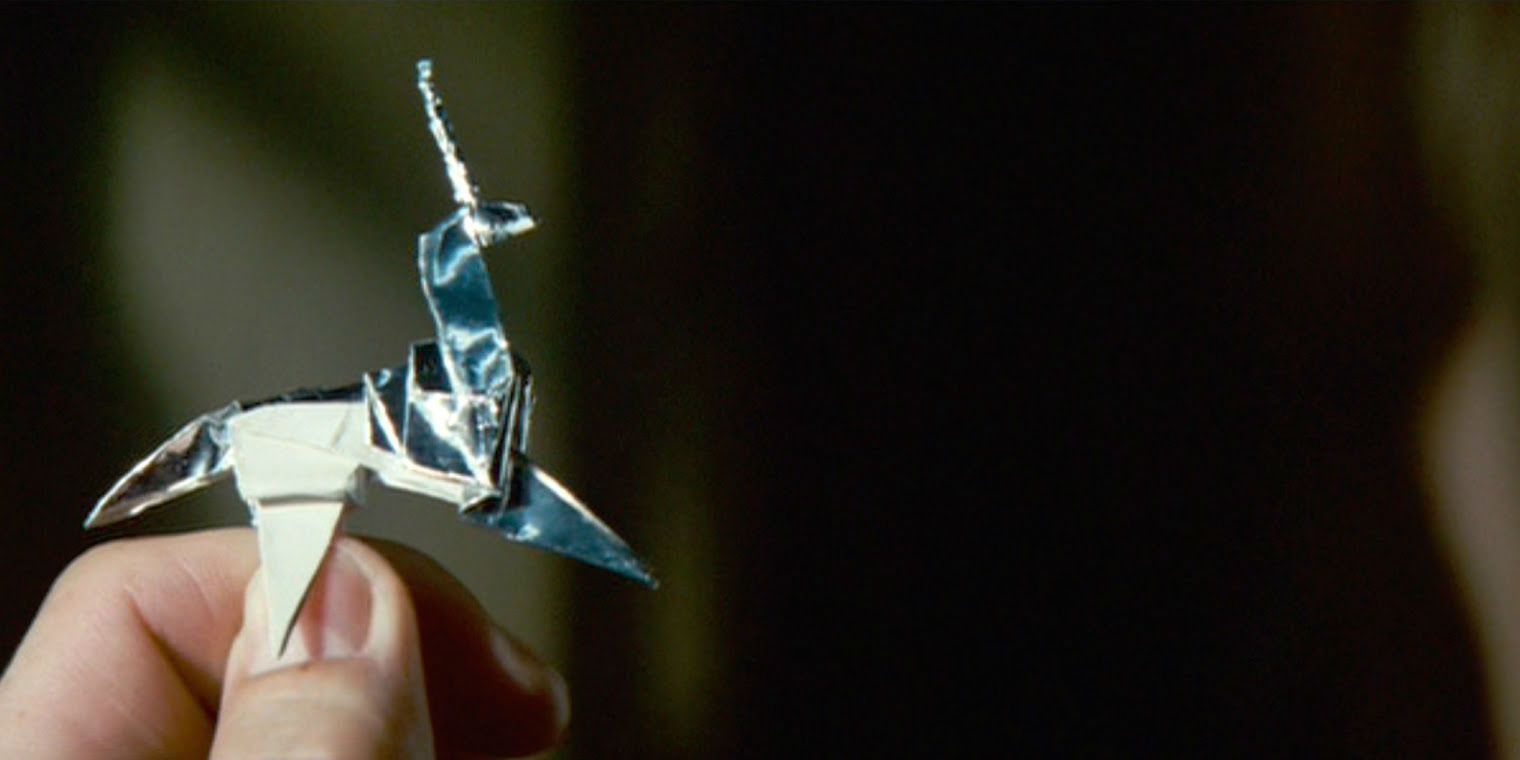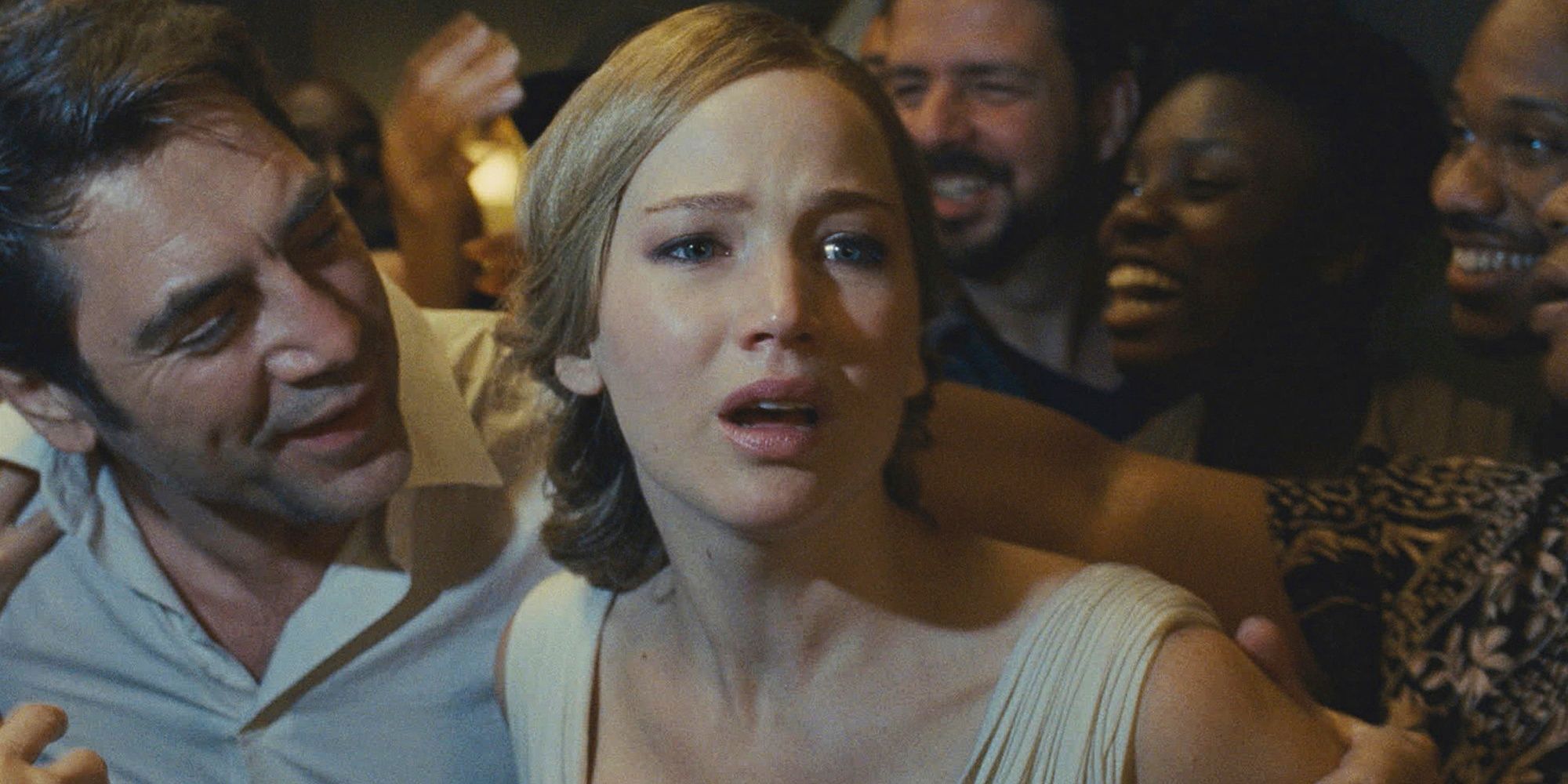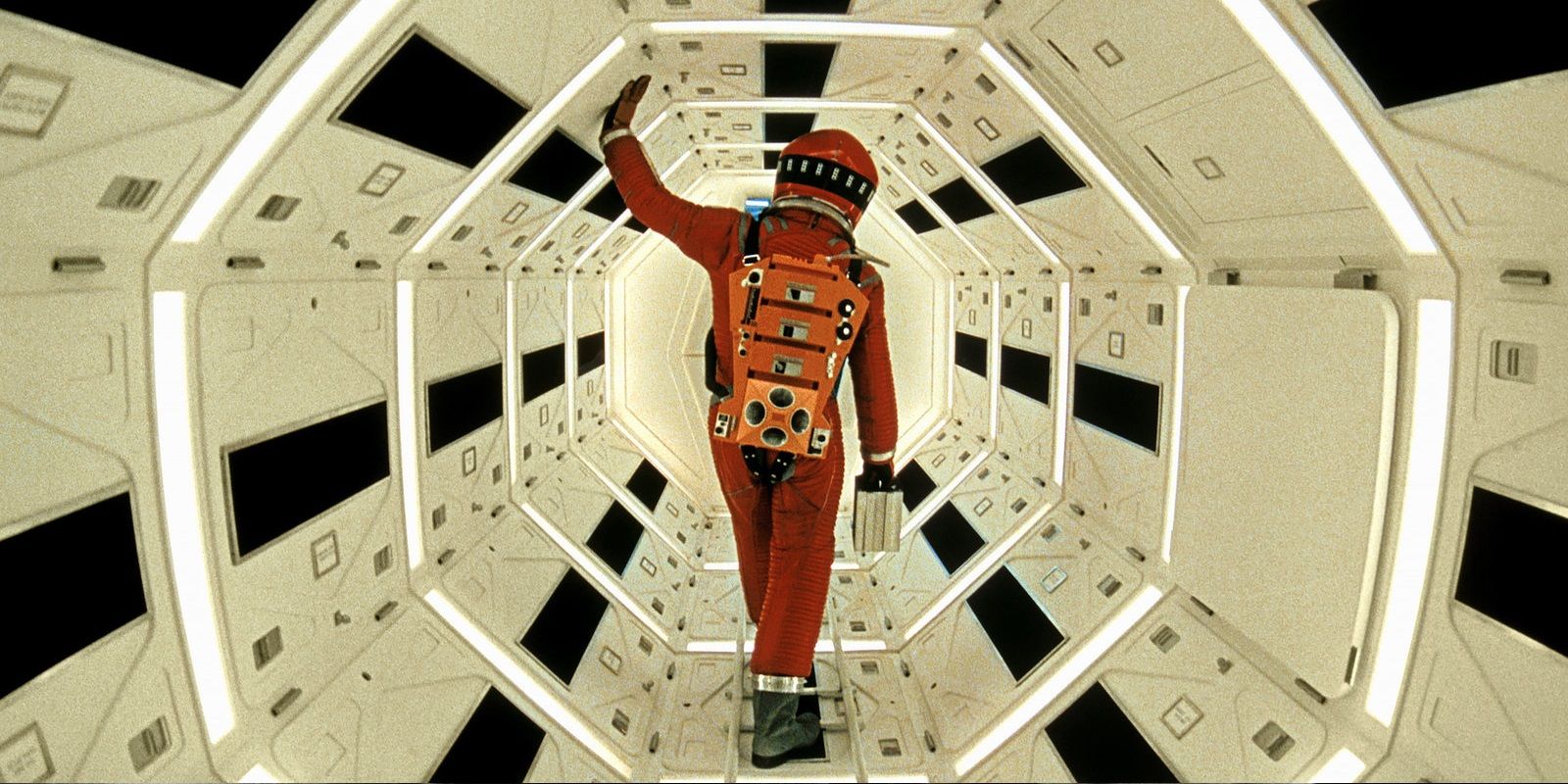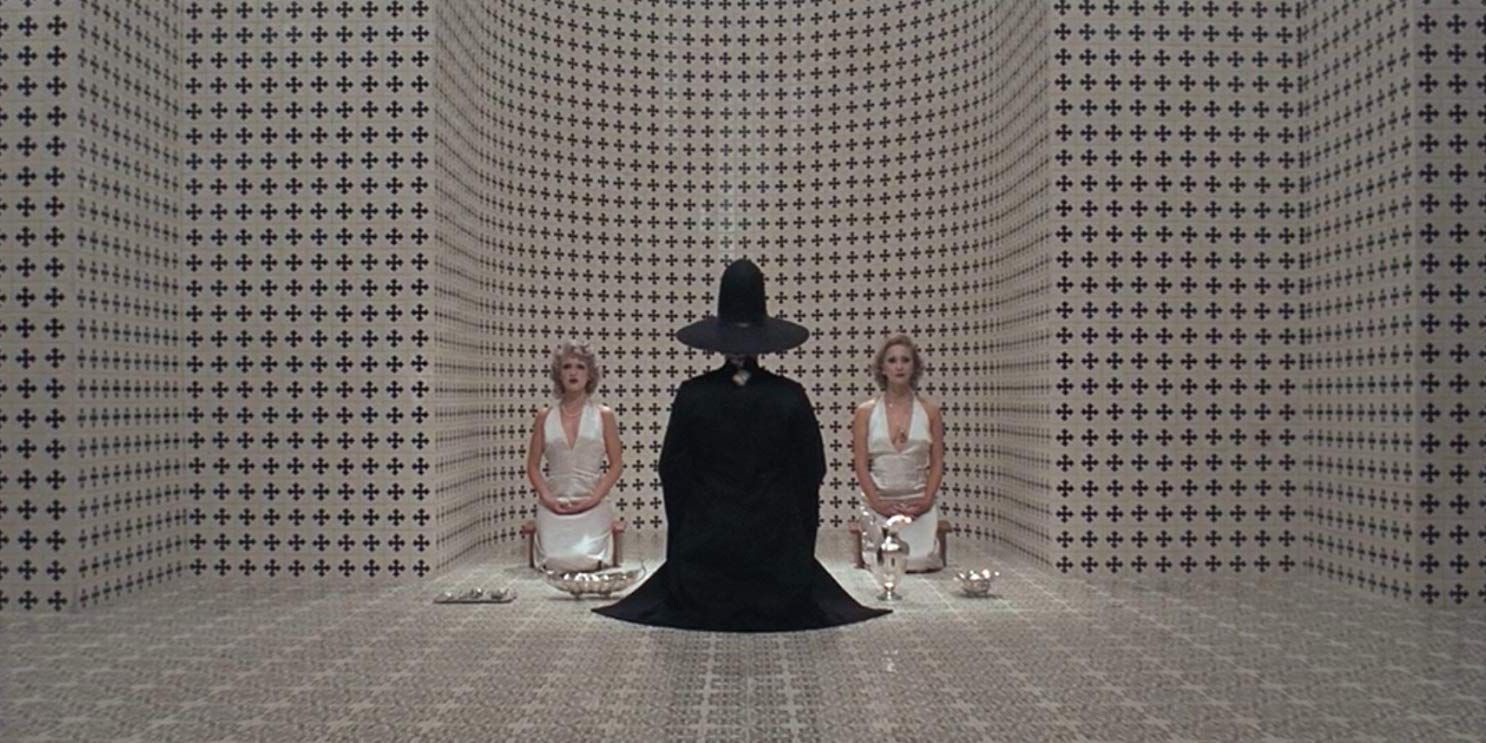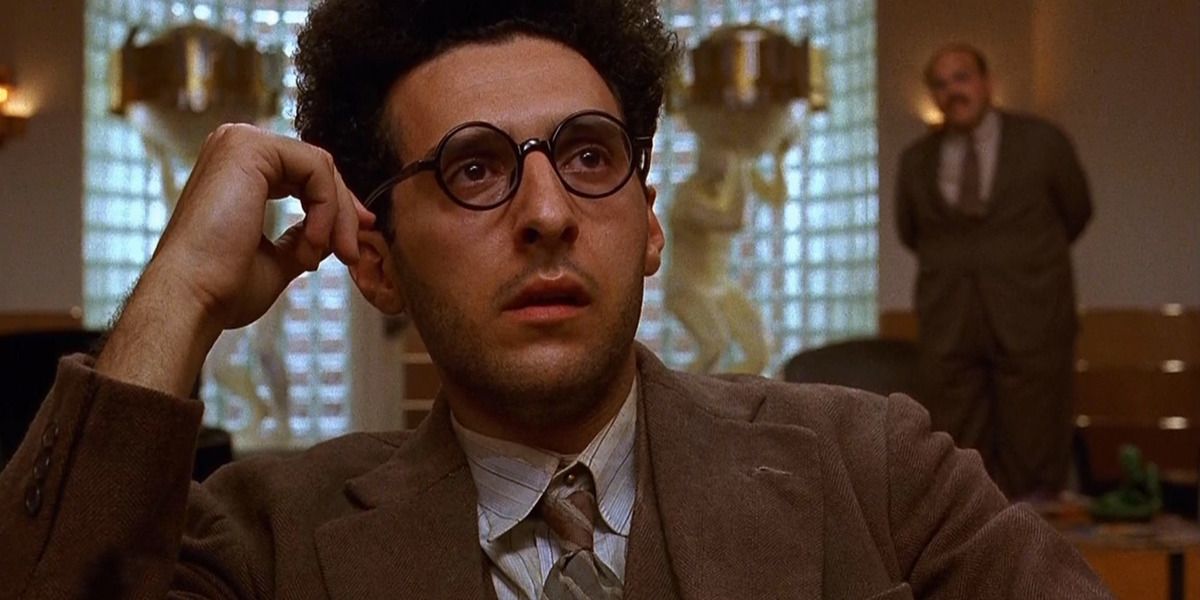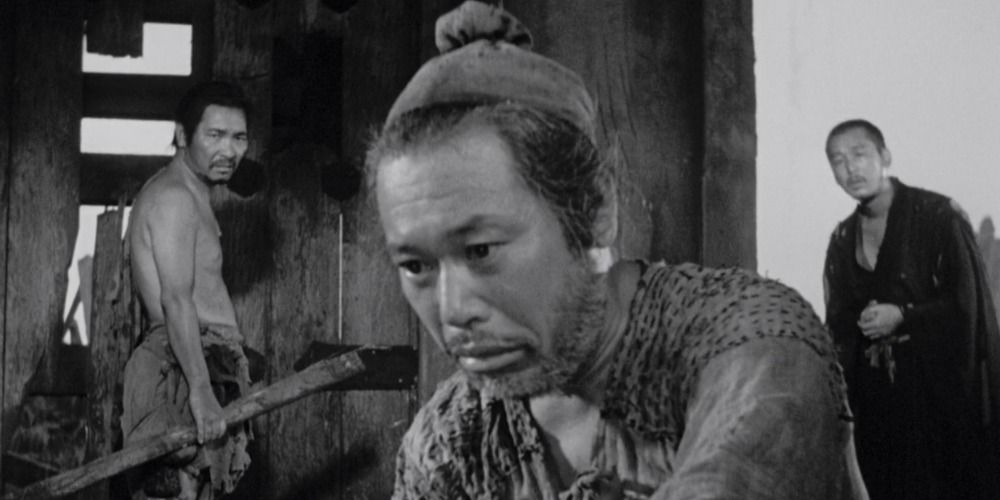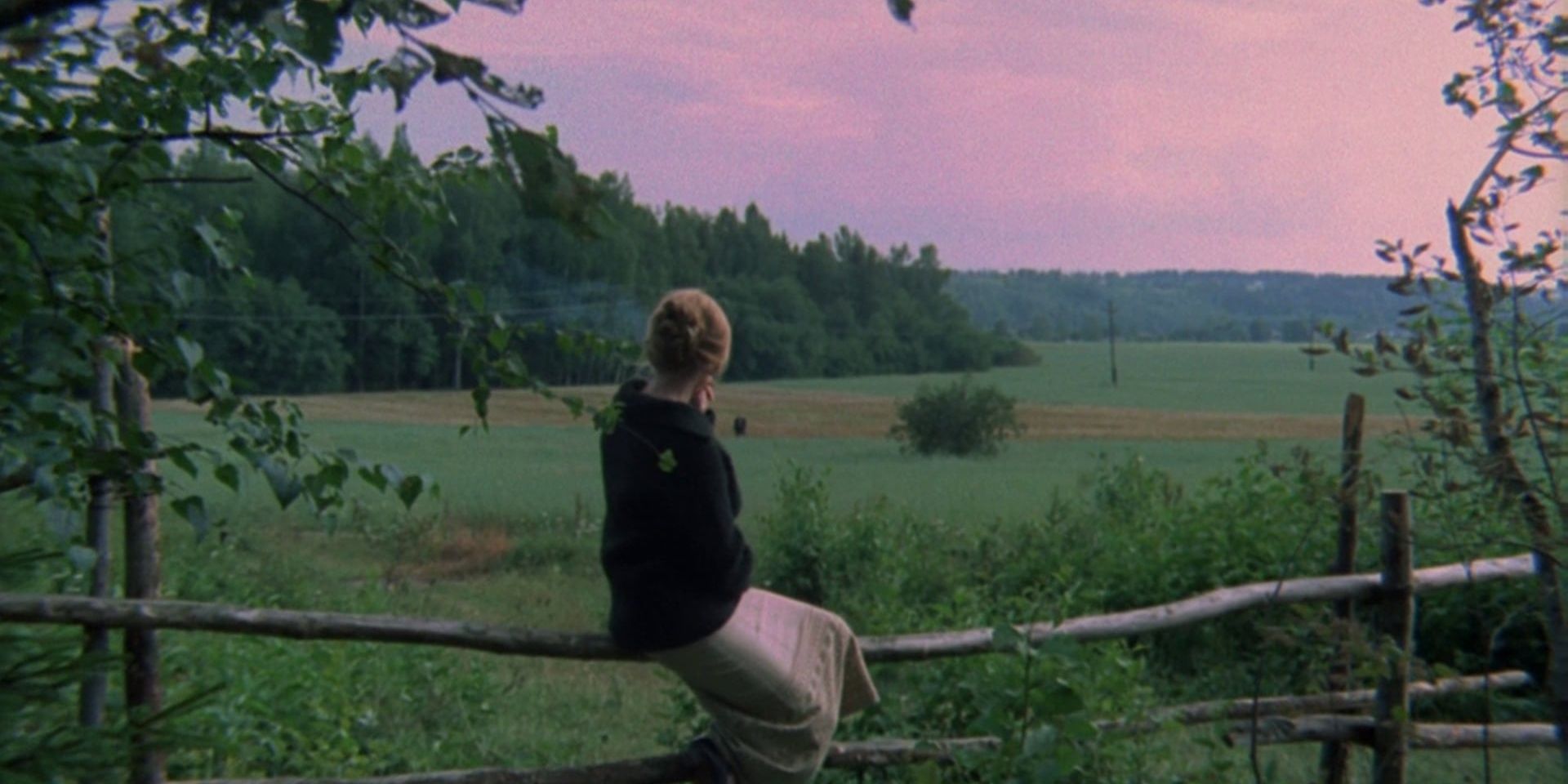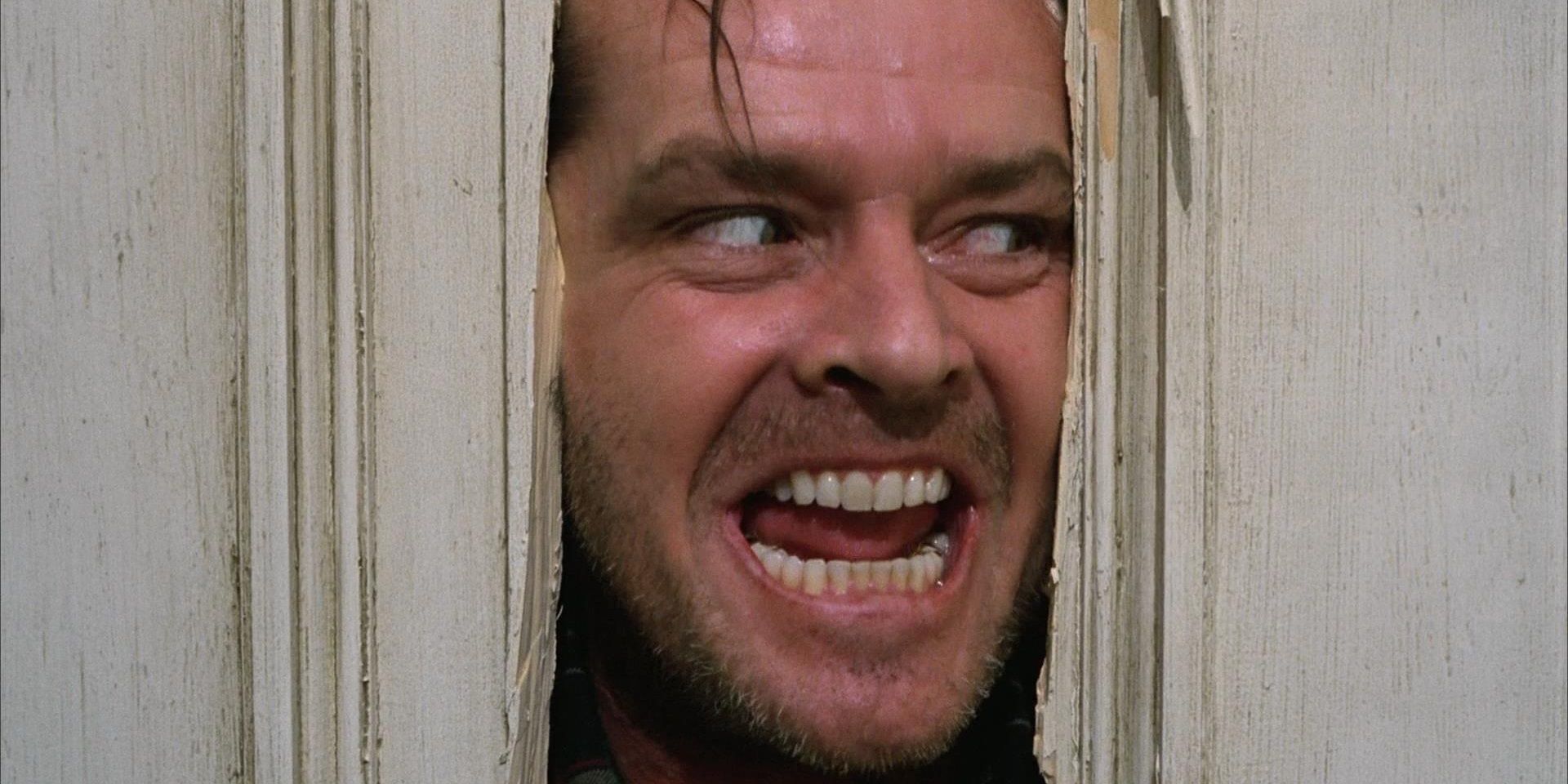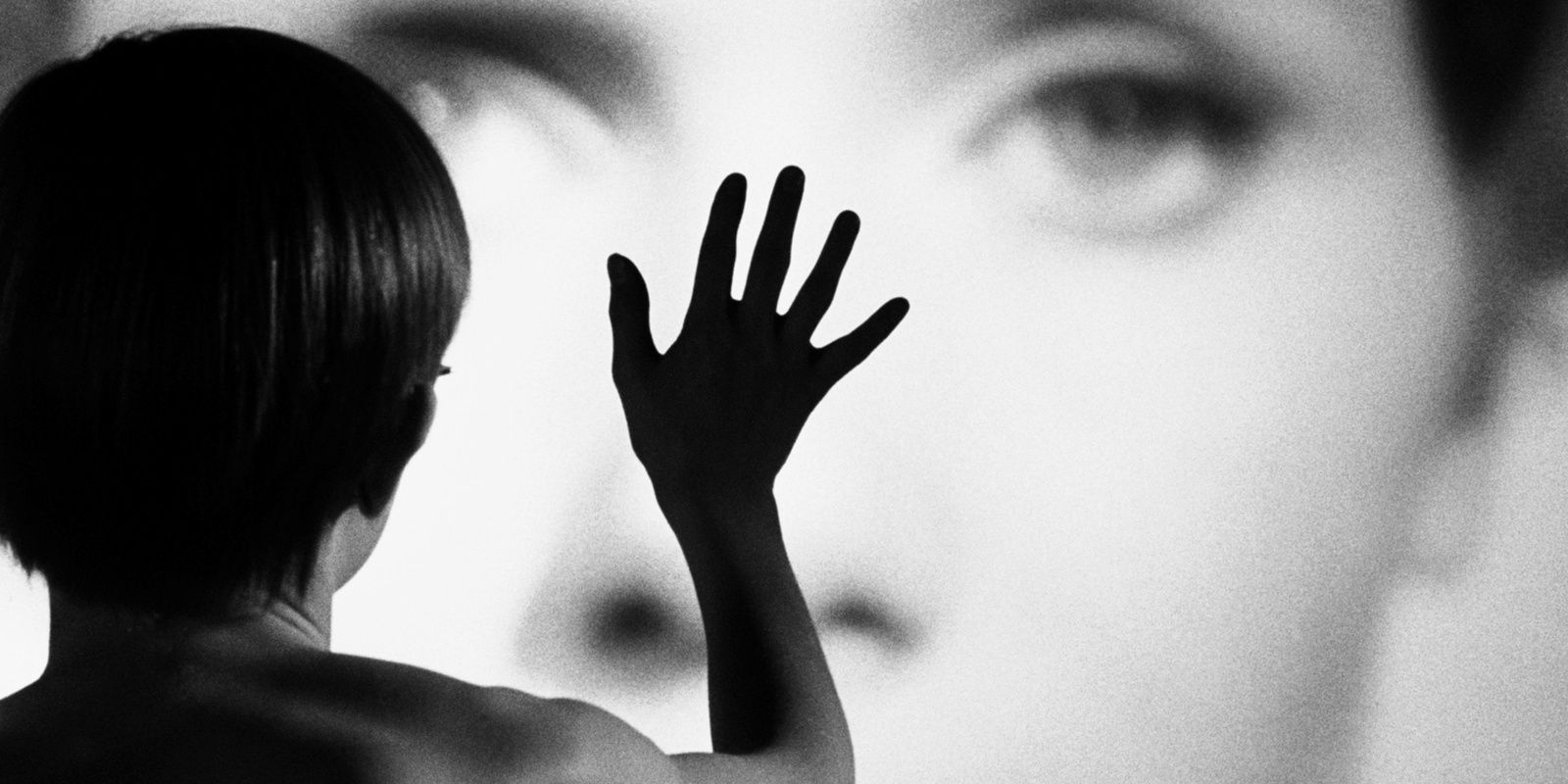Some filmmakers give their audiences a clear idea of the themes of their stories. The subtext in Starship Troopers is dynamite satire, but its message about fascism is pretty overt. But a handful of directors avoid exposing the meaning of their films, or even revealing what their films mean to them, and deliberately make ambiguous films and leave it up to the audience to determine their own meaning.
David Lynch has been doing this since his debut feature Eraserhead. He refuses to even provide insight on where the now-iconic prop of the deformed baby came from to maintain the cult classic’s mysticism.
Mulholland Drive (2001)
David Lynch has refused to explain Mulholland Drive in the years since it was released, but he did provide fans with a list of clues on the DVD release to help them figure it out. Since Lynch won’t provide any definitive answers and instead relies on the audience to find their own meaning in his films, Mulholland Drive has been interpreted a bunch of different ways.
The use of mirrors and doppelgangers in portraying the female relationships would suggest that queer identity is a major theme, but it’s also been read as a critique of the Hollywood film industry, a study of broken dreams, and an examination of personal identity, while its Möbius strip-like structure has been commonly noted.
Blade Runner (1982)
As the story of a cop who is tasked with tracking down the androids that have infiltrated human society, Blade Runner is broadly about artificial intelligence and the ethics of big tech corporations.
But it can be interpreted in a few different ways, because it’s left unclear if the lead character is himself an android. Denis Villeneuve’s sequel, Blade Runner 2049, admirably preserved the mystery and ambiguity of the original.
mother! (2017)
Darren Aronofsky’s mother! is an experimental horror gem featuring unnamed protagonists living in a house in the middle of nowhere. Javier Bardem and Jennifer Lawrence star as a married couple who face another family’s dramas and eventually an army of followers over the course of the movie’s strange, ambiguous plot.
There are plenty of Biblical allusions throughout the movie, with Bardem’s character representing God, while Lawrence’s character can be seen as an allegory for Mother Nature’s anger with humanity over climate change.
2001: A Space Odyssey (1968)
With 2001: A Space Odyssey, Stanley Kubrick set out to make the definitive science fiction film. Opening with apes evolving into humans and ending with the next stage of humanity’s evolution, 2001 is a pretty darn ambitious movie.
It could be about humanity’s search for God or the dangers of A.I. or the militarization of satellites, or it might be a big cinematic representation of Nietzsche’s Übermensch theory.
The Holy Mountain (1973)
After El Topo became an unexpected sensation on the underground movie circuit, Alejandro Jodorowsky secured the money for his follow-up surrealist gem, The Holy Mountain.
The movie broadly tells the story of a journey to the titular mountain, which promises to bring enlightenment. Its meaning is in the eye of the beholder.
Barton Fink (1991)
John Turturro plays the title role in Barton Fink, the Coens’ surreal dark comedy about a New York playwright who moves into a dingy hotel room in L.A. to write a wrestling movie for a studio.
Viewers have noted the themes of Barton Fink to include unfair working conditions, the relationship between intellectuals and the man on the street, and the distinction between high art and low art. This movie can’t even be categorized as a specific genre, flitting between comedy, horror, and noir, among others.
Rashomon (1950)
Akira Kurosawa posits that the truth is subjective with Rashomon’s story of four witnesses giving differing accounts of the same crime. All four versions involve the murder of a samurai and the sexual assault of his wife, but the details change in everyone’s stories.
The movie is framed by the woodcutter telling the story to a priest and a commoner, tackling such philosophical ideas as humanity’s selfishness and “a bandit calling another a bandit.”
Mirror (1975)
The loose flow of images and poetry in Andrei Tarkovsky’s Mirror has attracted comparisons to stream of consciousness literature. The story is nonlinear and the content is semi-autobiographical.
Some contemporary critics gave the movie negative reviews, claiming its plot was incomprehensible, but it’s since been re-evaluated as an arthouse masterpiece.
The Shining (1980)
There are so many interpretations of The Shining that there’s a whole documentary about them called Room 237. Kubrick’s adaptation of the Stephen King bestseller overtly references child abuse and the slaughter of Native Americans, but fans have found subtler meanings in it, too.
It’s been read as everything from an admission that Kubrick faked the Moon landing to a reminder of the atrocities of the Holocaust to a metaphor for CIA mind control.
Persona (1966)
Often called the Mount Everest of film analysis, Ingmar Bergman’s Persona takes more than a few viewings to make some semblance of sense out of it. It’s about a nurse and her patient who gradually blend into the same person.
Primarily, the movie focuses on the Jungian concept of “persona,” but it also touches on motherhood, filmmaking, lesbianism, and even vampire mythology.

